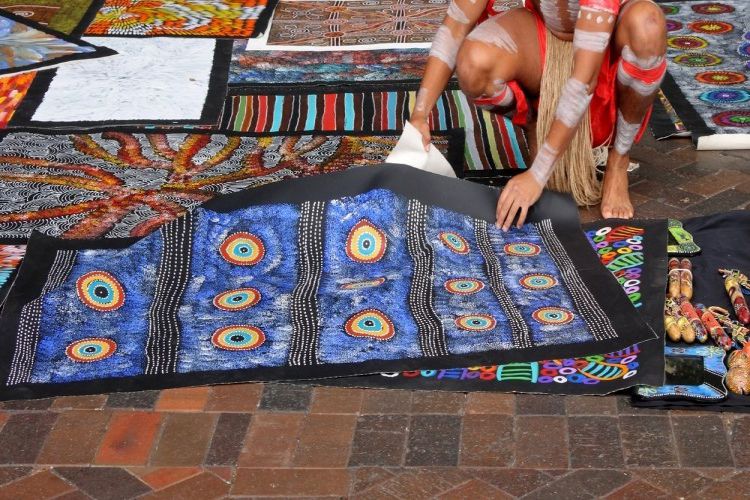 Aboriginal artwork is a cultural product whose worth can never be measured with money. Termed the most ancient method of artistic expression, aboriginal paintings date back to 60,000 years. Its rich history and cultural importance make everyone flock to it to add to their collection.
Aboriginal artwork is a cultural product whose worth can never be measured with money. Termed the most ancient method of artistic expression, aboriginal paintings date back to 60,000 years. Its rich history and cultural importance make everyone flock to it to add to their collection.
If you are an interested person who would love to have one such work of art in your collection, here are seven things you must know before you buy it.
1. Only Aboriginal Artists Can Make Aboriginal Art
This art is exclusive to aboriginal people, and people of non-indigenous stock from Australia or anywhere in the world are not authorized to produce this kind of artwork. It is due to the long-standing tradition of aboriginal art and its relation to the artist’s tribe, culture, and landscape. Since an ordinary person will not have any connection to a tribe, they cannot create aboriginal art in any way, shape, or form.
But that does not mean you are not allowed to learn the art form. Experts conduct frequent workshops where one can get in-depth knowledge about the style of this particular painting.
2. Dot Painting Has a Particular History
The most well-known type of aboriginal painting, dot painting, originated because Indigenous people wanted to obscure cultural secrets from white settlers. They feared that white settlers might get access to their secret knowledge. Thus they used this distinct style to cover up any detail which only they could understand. The most famous dot paintings come from the Pintupi tribe in Western Australia.
3. Every Painting Has a Story
Aboriginal paintings are famous for illustrating a story, and every artist has a unique story to narrate visually. This tale can be anything from the painter’s journey to their everyday tasks, including fishing, traveling, etc. In some cases, you can also find their depiction of their tribe.
4. The Artists Themselves Need Permission
These artists themselves need the consent of tribal elders to depict a story. They cannot draw anything unrelated to their lineage. For one to portray information about history or sacred beliefs, one must get approval to do so. They also can only stick to stories or techniques exclusive to their tribe.
5. Symbols Are Very Important to Aboriginal Art
Aboriginal art is rich in visual storytelling. Thus, symbols play a vital role in creating the painting. Every tribe has a separate symbol, and you can trace the art back to its tribe with the help of these signs.
6. Aboriginals Do Not Have Written Words
As aboriginals do not use alphabets, they use their paintings as a mode of communication. Their artwork is so symbolically rich that it takes the place of words. The fact that they have so many dialects adds to the variety of stories an artist can convey. As there are more than 500 aboriginal languages, no painting is similar to the other.
7. Aboriginal Art is More Than Just Paintings
Everyone has this conception that aboriginal art only consists of paintings, but there are other forms of art as well. The other forms include monoprints, which are very much in demand nowadays. These are single prints made using natural rock sediments such as ochre and acrylic oils.
One should possess something so precious as aboriginal art only if they have ample respect for Australia’s rich past. Getting such artwork is nothing short of a privilege, so you must buy it from authentic sources and ensure the artist receives their rightful remuneration.

